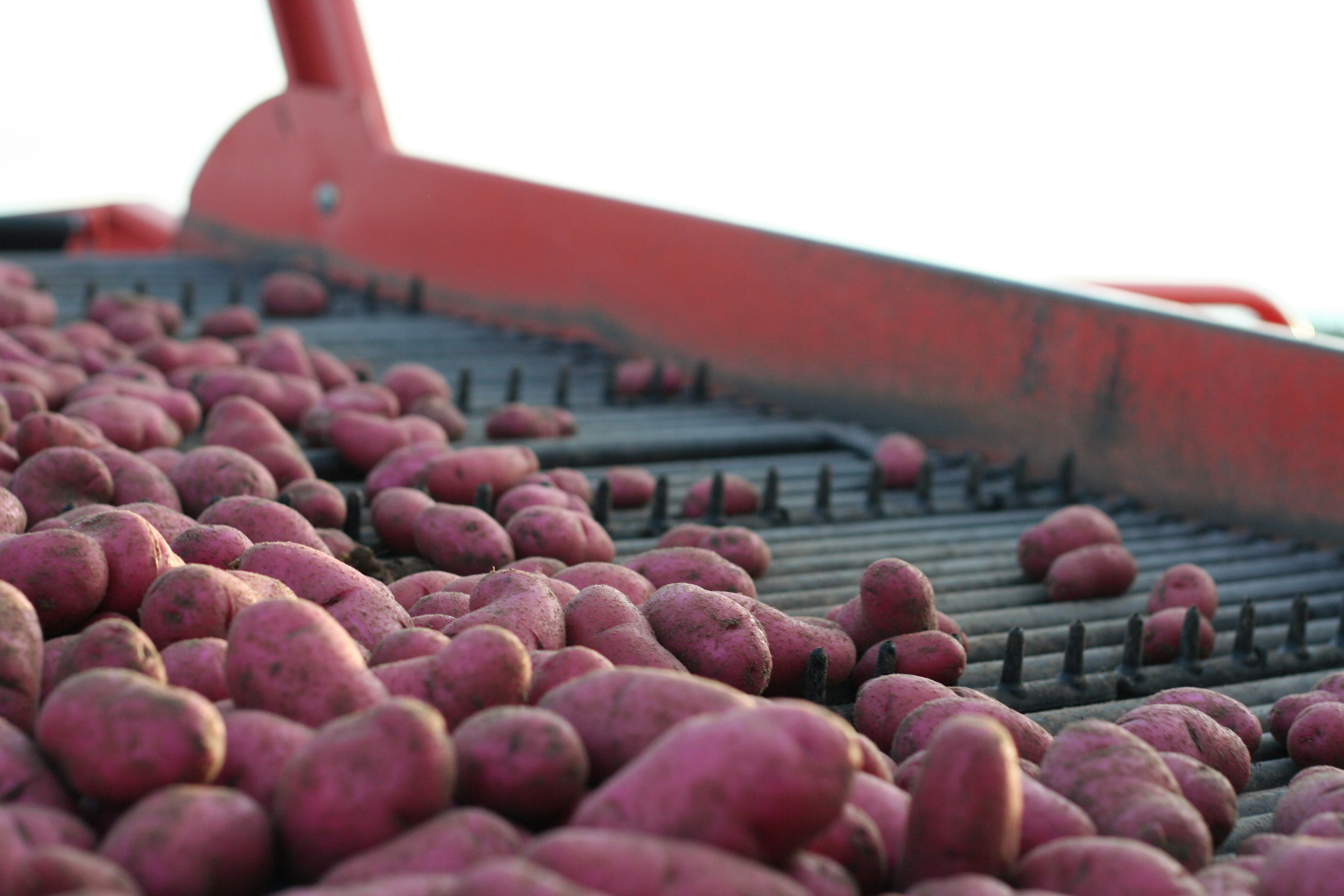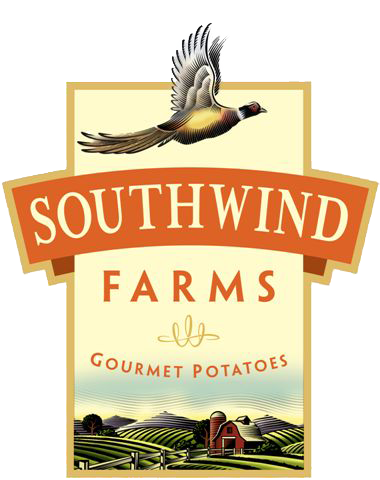Throughout 2021, as part of Potato Grower’s celebration of our 50th year in publication, we will be honoring in our pages and on our website 50 of the potato industry’s most innovative and influential individuals, companies and organizations over the past half-century. This “50 for 50” series will include researchers, salesmen, packers, processors and, of course, plenty of potato growers. A lot of them will be names you’ve heard before. To some, you’ll get a fresh introduction. Regardless, each has had an outsize impact on the U.S. potato industry, and each deserves our thanks and recognition. To view the full roster of “50 for 50” honorees, click here.
SouthWind Farms has been around for 21 years, but brothers Robert and Jerry Tominaga and their partner Rod Lake have all been involved in the potato industry for considerably longer. The Tominagas are third-generation Idaho potato growers who, until about 10 years ago, operated a conventional farm growing primarily russet potatoes and dry beans. Lake started out as an agronomist out of college, eventually building his own conventional farm that he and his family still run separately from SouthWind today.
SouthWind Farms was born on four acres on the north shore of the Snake River. No one in Idaho—and indeed, very few in the country—were growing fingerlings at the time, so finding advice was difficult. The learning curve was steep.
“We learned how to do it through trial and error, for the most part,” says Jerry. “The mistakes we made early on were killers, because it might mean we didn’t have a crop that year.”
“Fertility, equipment, water management, storage—it’s all completely different from growing your more traditional potato varieties,” says Rod. “You might as well be handling oranges; that’s how different it is.”

“This always had the potential to be a pretty lucrative business,” says Robert, “but it’s also extremely risky because fingerling potatoes can’t be treated like a commodity. You don’t have that huge industry to fall back on.”
SouthWind Farms’ start at the dawn of the millennium coincided with the rise of the internet, the foodie movement, and media outlets such as the Food Network introducing the public to new and exciting ways to enjoy old favorites like potatoes.
Year by year, SouthWind Farms grew—from four acres that first year, to eight, then to 16. Today, they grow, pack and ship about 700 acres’ worth of marketable fingerlings, as well as 50 additional acres on which they produce their own seed. The SouthWind packing facility in Heyburn, Idaho, can ship fingerlings in packages ranging in size from 24 ounces to 2,000 pounds.
Robert, Jerry and Rod are each quick deflect personal credit for SouthWind’s success. They credit their customers, their wives and kids, the promotion machine built by the Idaho Potato Commission, and their employees. And, of course, they credit each other.
“The whole partnership has been great,” says Jerry. “It’s been a family-type deal the whole way.
